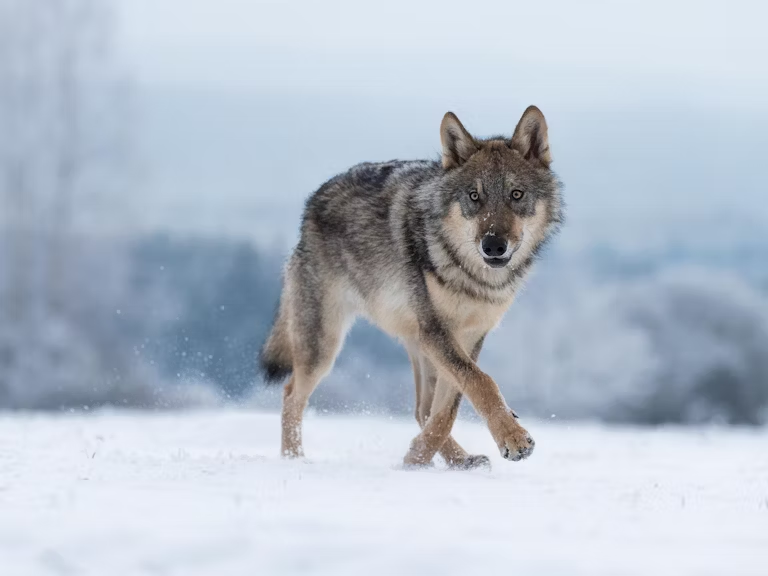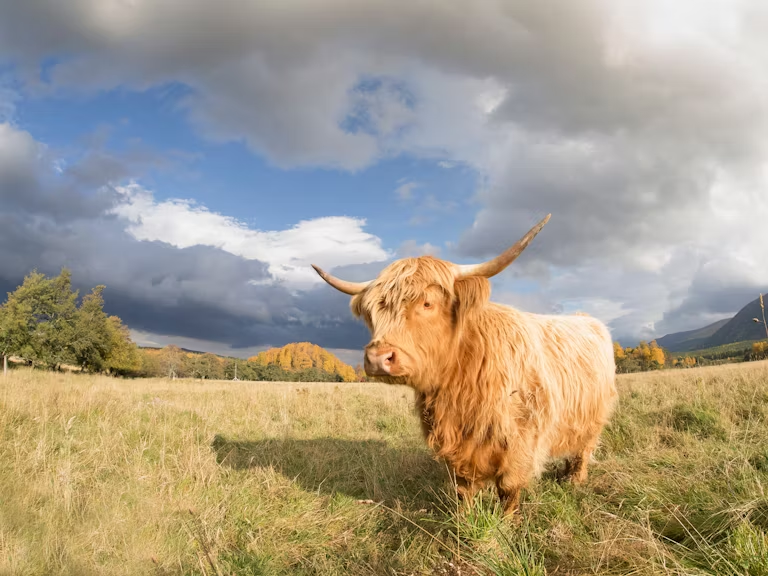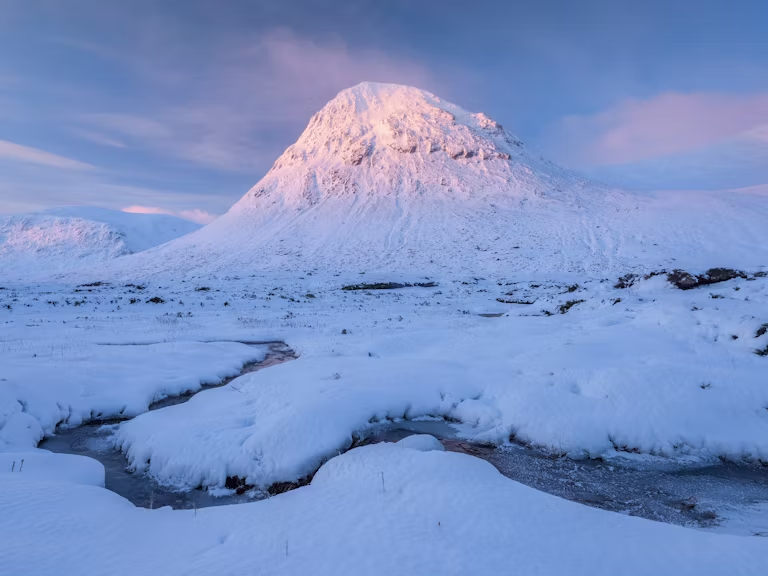Elk
Alces alces
A woodland forager and wetland grazer, the mighty elk is a major shaper of landscapes.

How it shapes the landscape
The elk is a major ecosystem engineer. Like its smaller cousin the red deer, it influences the natural regeneration of shrubs and trees. Their nibbling of herbs and the leafy components of shrubs and young tree seedlings helps promote natural regeneration. Their grazing and trampling help to maintain open clearings.
Where it likes to be
Elk occupy a wide geographical and altitudinal range from sea level to at least 1500 metres. They love the moister parts of deciduous and coniferous forests and can also be found in freshwater wetlands. Elk thrive in regions with seasonal snow cover and don’t tolerate temperatures above 27°C for long, as they can’t sweat, and the fermentation arising from their digestion generates substantial heat.
They select leaves of birch, ash and willow trees in spring and summer, and browse twigs of various trees and dwarf shrubs in autumn and winter. Elk close their nostrils to submerge completely underwater for feeding. Submerged vegetation makes up a significant part of the elk’s diet – even more than that of a hippopotamus.
How much space they need
Elk occupy home ranges spanning several to hundreds of square kilometres, depending on food availability. Their population size is regulated by wolf predation, habitat quality and the abundance of food. In parts of their northern European range, elk migrate seasonally over distances of tens to hundreds of kilometres.
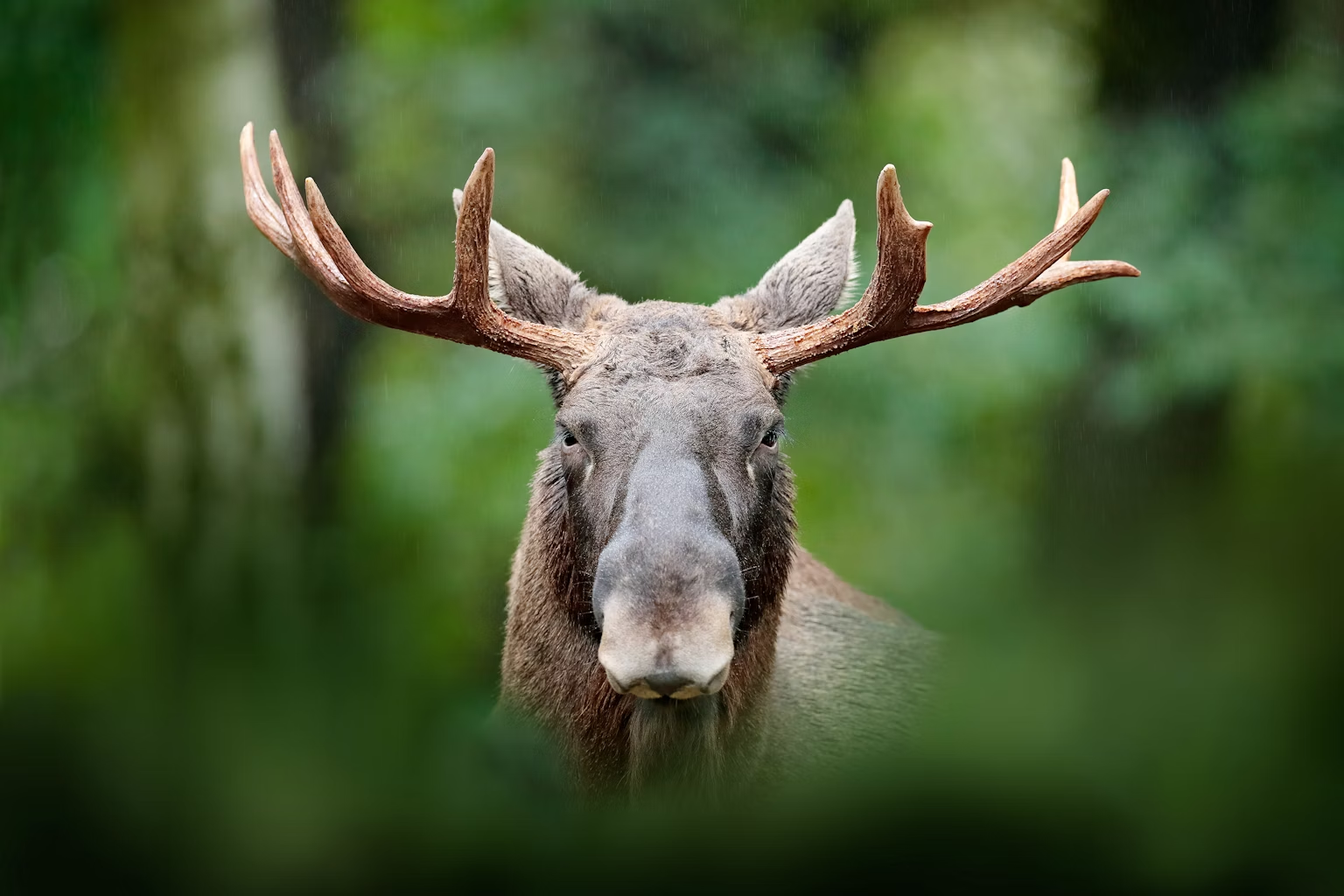
Background story
Closely related to the North American moose, this enormous semiaquatic deer went extinct in Britain around 2000 to 3000 years ago. Overhunting across Europe in the 18th and 19th centuries caused substantial population declines and range loss. Against the odds, the Eurasian elk survived, and today, it is the largest living deer species.
Today, it’s widespread in Scandinavia and Poland and is slowly moving west. There are now around 50 elk in the Oder Delta on the Polish/German border.
Can we have them in Britain?
Before elk can be reintroduced to Britain, their habitat would need significant improvement, specifically, with more woodland and wetland areas.
High Fen Wildland, a 292ha fenland restoration project in Norfolk, is exploring the feasibility of reintroducing elk to this site.
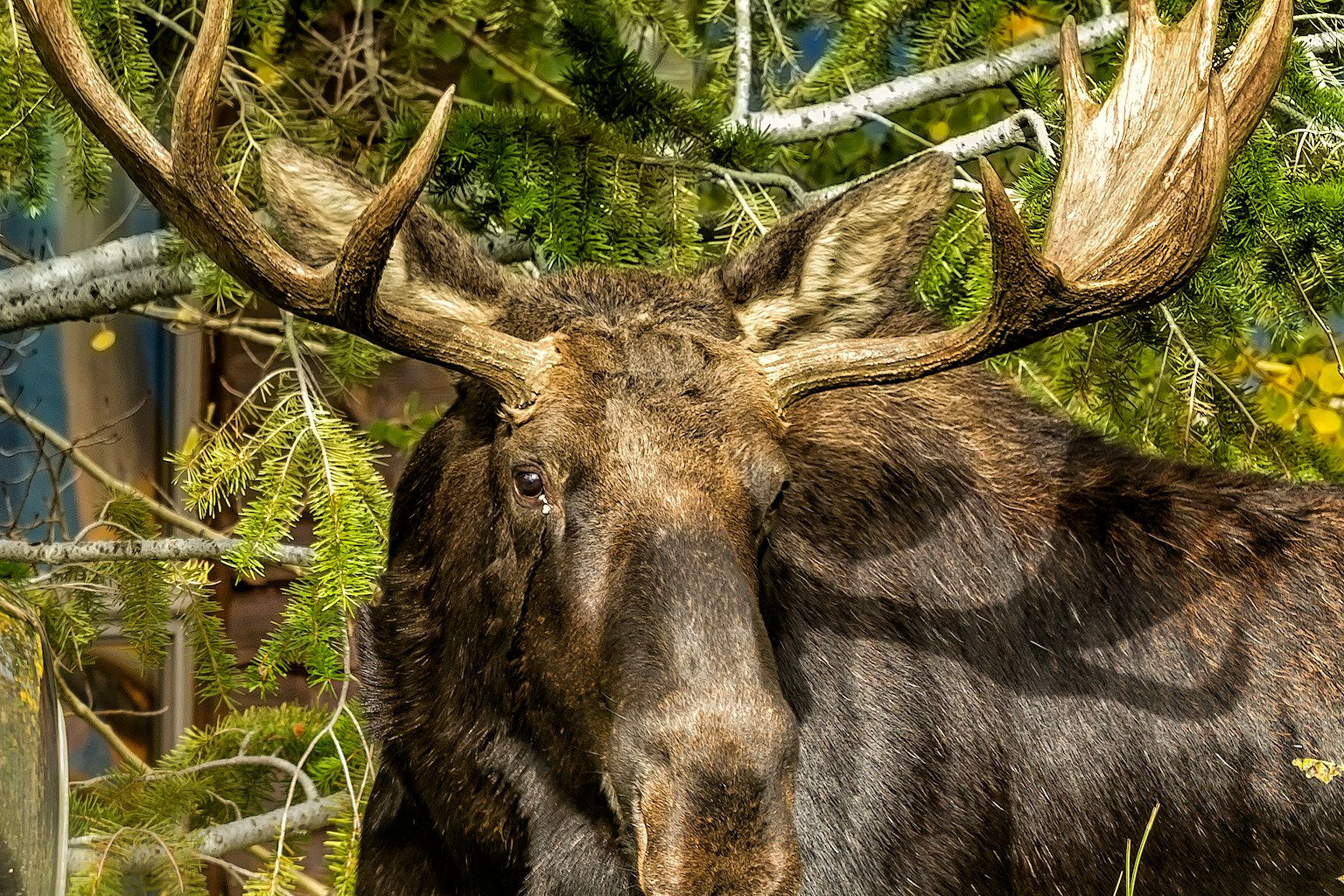
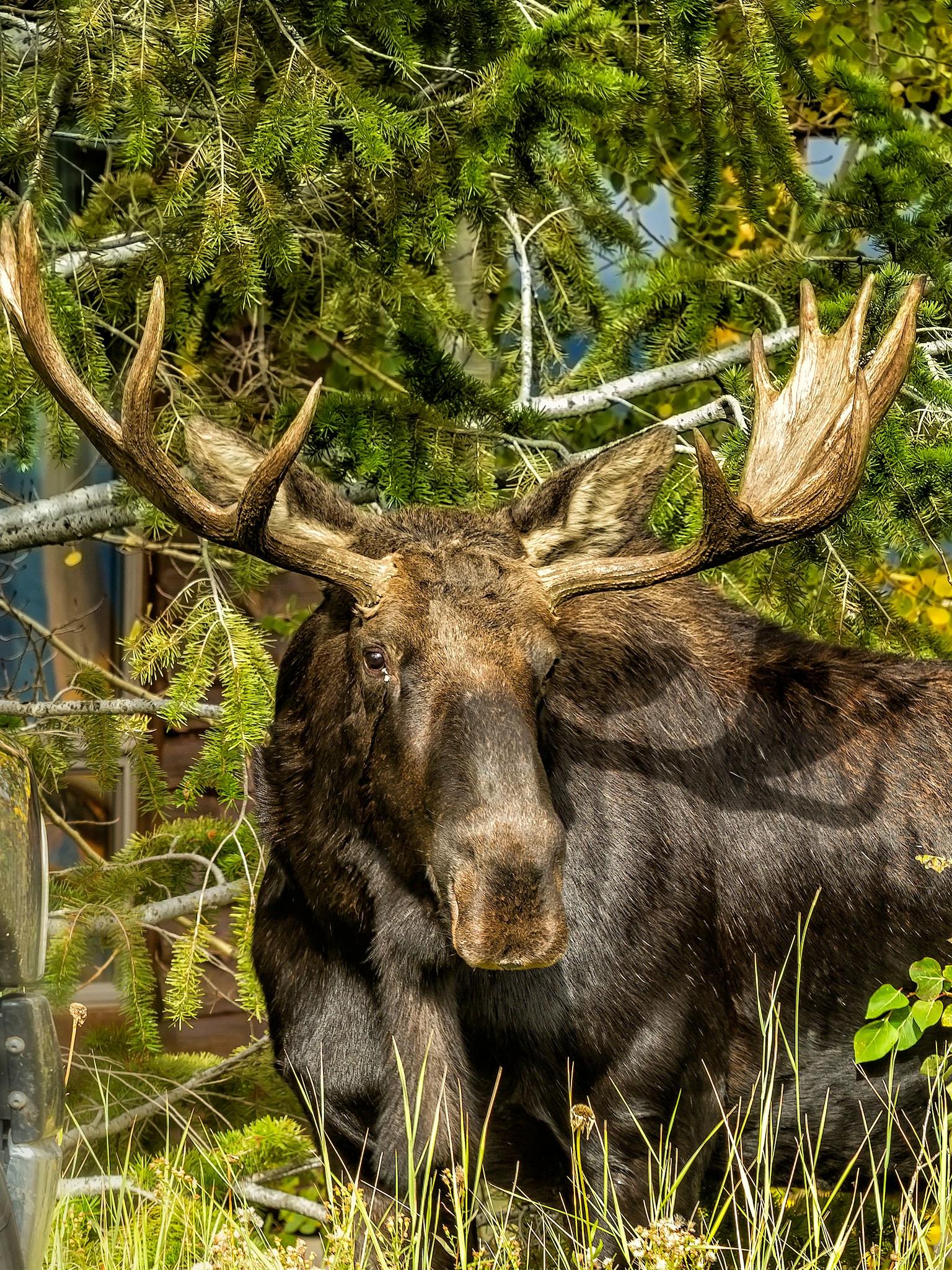
Explore innovation fund projects
An elk feasibility study is just one of many pioneering initiatives we’ve supported through the Rewilding Innovation Fund. The funding will help Nattergal explore the feasibility of reintroducing elk to their High Fen Wildland rewilding site.
Uncover the full list of recipients awarded since 2021 to see how we’re helping accelerate rewilding across Britain.
In summary
- Key ecosystem engineer
- Strong semiaquatic swimmer
- Likes woodlands, wetlands, grasslands
- Long legs, useful for deep snow and reaching higher leaves and twigs
- Closely related to the North American moose
